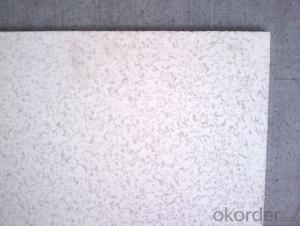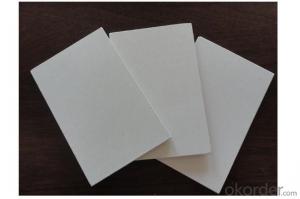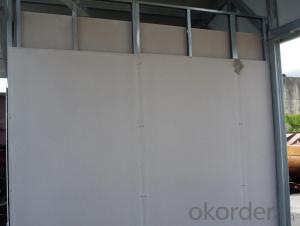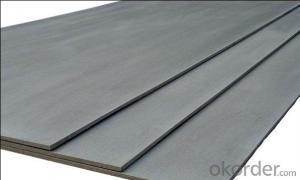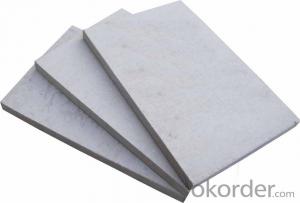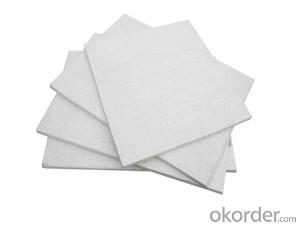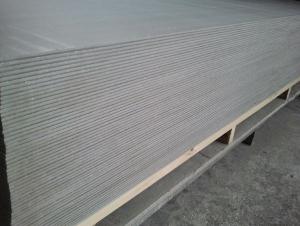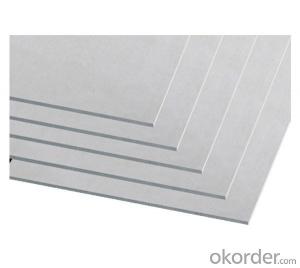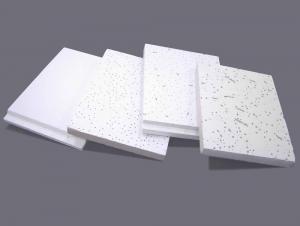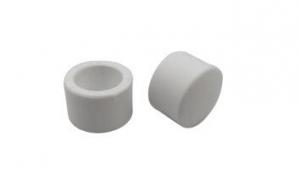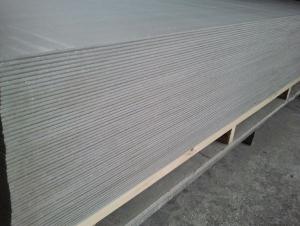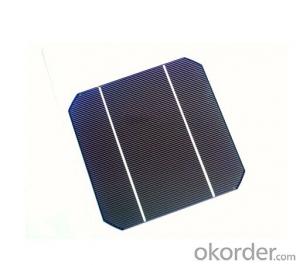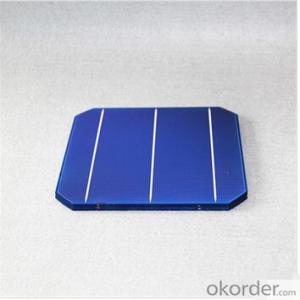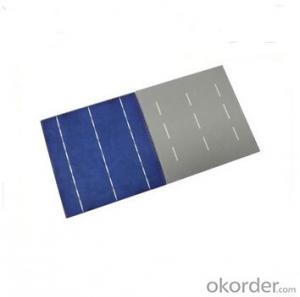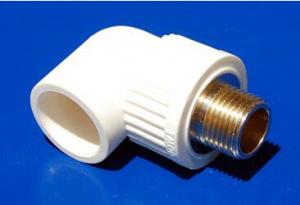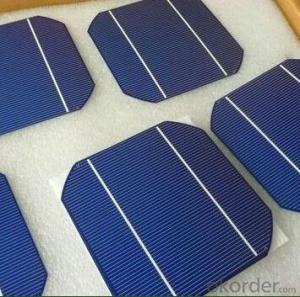High Voltage Solar Cells
High Voltage Solar Cells Related Searches
High Five Stainless Steel Prop High Quality Solar Inverter High Temperature Clear Plastic Sheet High Voltage Solar Inverter Stainless Steel Peg Board Best Quality Roofing Felt High Intensity Desk Lamp High Efficiency Hvac Systems High Rupturing Capacity Fuse High-Pressure CompressorHot Searches
Cheap High Tea Sets For Sale High Density Fiberboard For Sale Used Foam Board Insulation For Sale Magnesium Oxide Board For Sale Hdf Board For Sale sintra board for sale High Mast Light Price List Solar High Mast Light Specification High Mast Tower Price Philips High Mast Lighting Price List Bajaj High Mast Lighting Price List Gypsum Board Price Per Sheet In India High Mast Light Specification High Density Mdf Board Suppliers High Mast Tower Specification High Pressure Laminate Supplier Philippines High Mast Lighting Suppliers South Africa High Pressure Laminate Manufacturers Europe Calcium Silicate Pipe Insulation Price 5 8 Type X Gypsum Board PriceHigh Voltage Solar Cells Supplier & Manufacturer from China
Okorder.com is a professional High Voltage Solar Cells supplier & manufacturer, offers integrated one-stop services including real-time quoting and online cargo tracking. We are funded by CNBM Group, a Fortune 500 enterprise and the largest High Voltage Solar Cells firm in China.Hot Products
FAQ
- Shadows have a negative impact on solar cell performance as they decrease the amount of sunlight reaching the solar panel, therefore reducing the electricity generation. Shadows can create "hot spots" on the cells, leading to higher temperatures and potential damage. It is essential to ensure that solar panels are installed in areas free from shadows to maximize their efficiency and overall performance.
- Yes, solar cells can be used in underwater vehicles. However, due to the limited availability of sunlight underwater, the efficiency of solar cells is significantly reduced compared to their performance on the surface. Therefore, other power sources such as batteries or fuel cells are often used in conjunction with solar cells to provide continuous power to underwater vehicles.
- Yes, solar cells are significantly affected by shade or partial shading. Even a small amount of shade on a solar cell or panel can have a significant impact on its energy production. Shadows cast on solar cells can reduce their efficiency and overall power output, as shading prevents sunlight from reaching the shaded areas, thereby reducing the amount of energy that can be converted into electricity. Therefore, it is essential to ensure that solar panels are installed in areas where they can receive maximum sunlight exposure throughout the day to maximize their performance.
- How to generate solar cells, the principle of PN junction
- The production of solar cells is mainly based on semiconductor materials, its working principle is the use of photoelectric materials to absorb light energy after the photoelectricity in the conversion reaction, according to the different materials used, solar cells can be divided into: 1, silicon solar cells;
- Yes, solar cells can be and have been used in satellite or space exploration missions. Solar cells convert sunlight directly into electricity, making them a reliable and efficient source of power for satellites and space probes. They are lightweight, durable, and ideal for harnessing energy in space where traditional power sources are not feasible.
- Tree shading has a significant negative impact on solar cell performance as it reduces the amount of sunlight reaching the cells, thereby reducing the overall energy output. Shading blocks direct sunlight and creates uneven distribution of light, resulting in decreased efficiency and potentially even causing parts of the cells to operate in reverse, leading to further energy loss. It is crucial to plan solar installations carefully, considering tree growth and shading patterns, to maximize solar cell performance.
- No, solar cells cannot be used underwater as they rely on sunlight to generate electricity. Water blocks sunlight and prevents the solar cells from functioning effectively.
- Yes, solar cells can be used in grid-tied systems. Grid-tied systems, also known as grid-connected or grid-interconnected systems, allow solar energy to be generated and used simultaneously with the utility grid. Solar cells, which convert sunlight into electricity, can be integrated into these systems to generate clean and renewable energy that can be fed into the grid, offsetting the use of conventional power sources and potentially earning credits or incentives.

